Remember when Mom and Dad had a solution for everything, and safety warnings were just suggestions to be casually ignored? The 1960s were truly a different time, when practicality often trumped precaution and many household remedies were passed down through generations without a second thought. Let’s take a nostalgic journey back to some of those quick fixes our parents relied on that would make today’s safety experts lose their minds.
1. Mercurochrome for Every Scratch
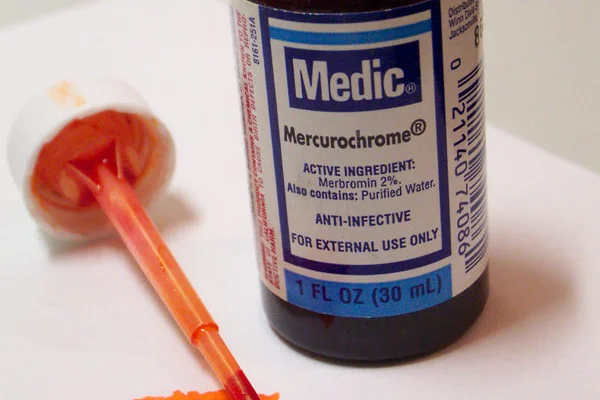
That bright red antiseptic solution was the magic potion for every childhood scrape and cut, leaving a distinct stain that announced your injury to the world. Parents would liberally paint it on without gloves, letting it dry while blowing on the wound to ease the sting. Patsnap Synapse looks under the microscope to see exactly how this painful, nostalgic chemical worked.
What nobody realized then was that this miracle cure contained mercury, a neurotoxin that was finally banned by the FDA in 1998 after decades of faithful service in medicine cabinets across America.
2. Smoking Around Children

Lighting up in the car with the windows barely cracked was just part of family road trips, creating a hazy cabin that nobody thought twice about. Dad might ask you to fetch his cigarettes from the glove compartment, or Mom would blow smoke rings to entertain you while waiting at the doctor’s office. These days, the American Cancer Society has strong words of warning concerning the effects of secondhand smoke.
The thought of secondhand smoke wasn’t on anyone’s radar until decades later, when research finally connected the dots between passive smoking and respiratory issues in children.
3. Aspirin for Teething Babies
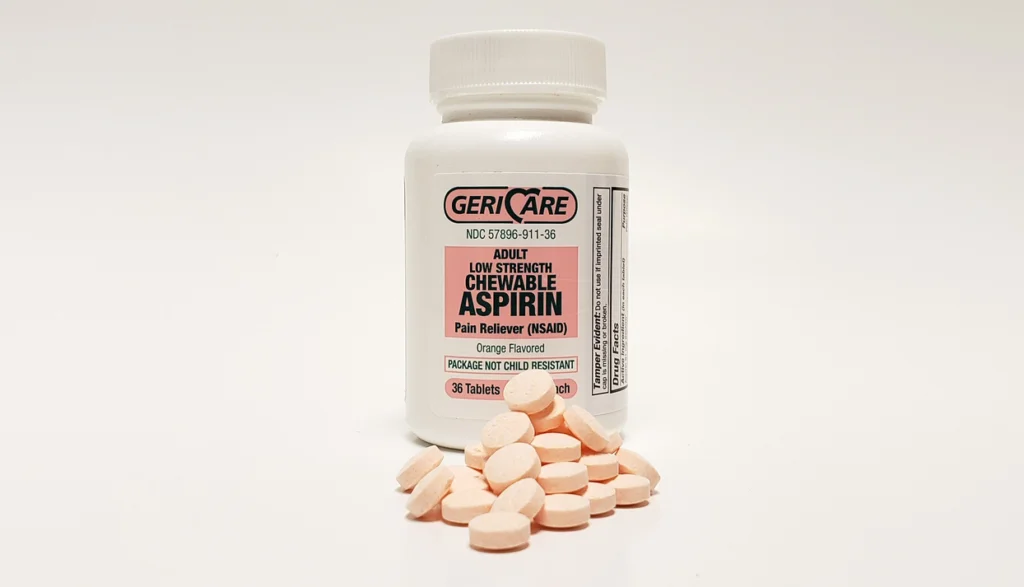
When baby’s first teeth were coming in, rubbing a crushed aspirin directly on the gums was considered a foolproof remedy to soothe the pain. Mothers would share this tip at neighborhood coffee klatches, sometimes adding a drop of whiskey or brandy to the mixture for extra numbing power. Healthline has many alternatives to this precarious process of pain relief.
Today, we know that aspirin can cause Reye’s syndrome in children, and alcohol near infants is completely off the table – but back then, it was just another trick in Mom’s arsenal of comfort measures.
4. Lead Paint Touch-Ups
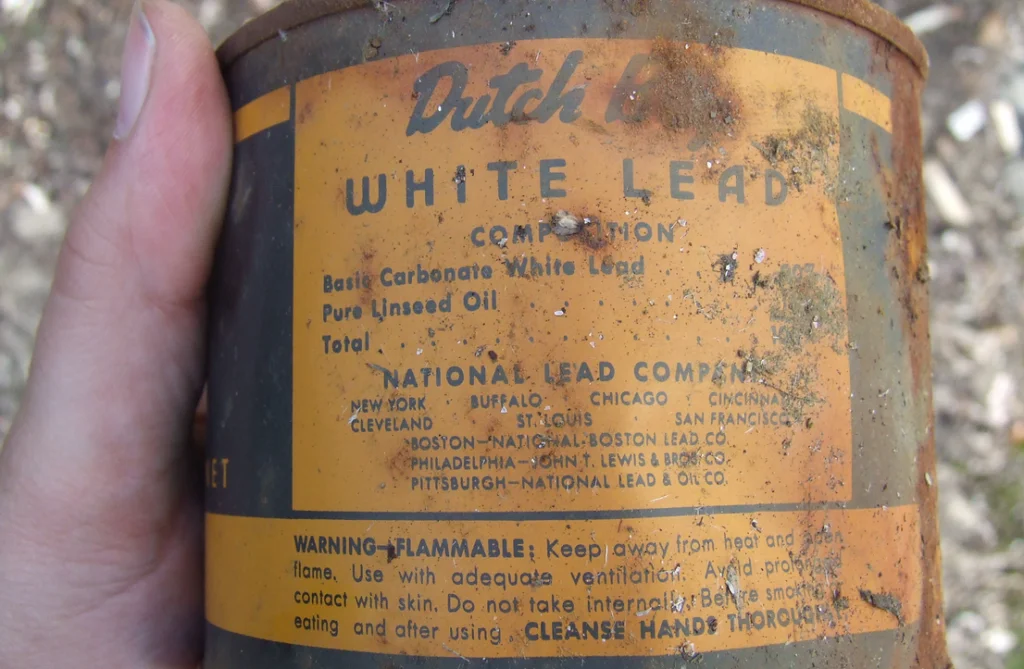
That colorful, glossy paint that covered everything from cribs to kitchen cabinets was a homeowner’s dream – durable, washable, and available in every shade imaginable. Dad would keep extra cans in the garage for touch-ups, letting kids help with small projects without any protective gear or ventilation concerns.
The devastating neurological effects of lead exposure weren’t widely understood until the late 1970s, long after many childhood bedrooms had received multiple cheery coats of toxicity.
5. Car Seats? What Car Seats?
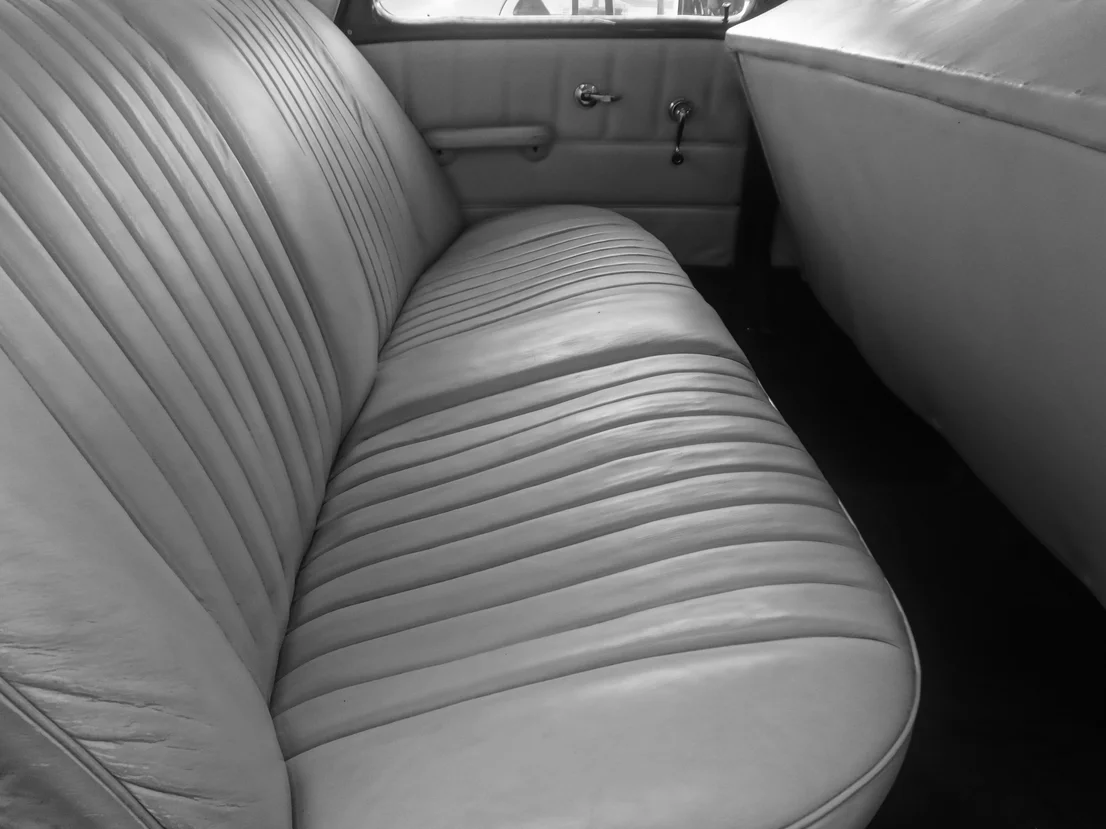
Infants rode home from the hospital cradled in Mom’s arms in the front seat, while toddlers bounced freely in the back or even rode in the rear window deck of the family sedan. On long trips, parents would make palette beds in the station wagon’s cargo area, allowing kids to sleep comfortably as the car zoomed down the highway at 65 mph.
The first child car seat safety standards weren’t even established until 1971, making today’s multiple-point harness systems and rear-facing requirements seem like paranoia to the freedom-loving drivers of the ’60s.
6. Merthiolate’s Orange Sting
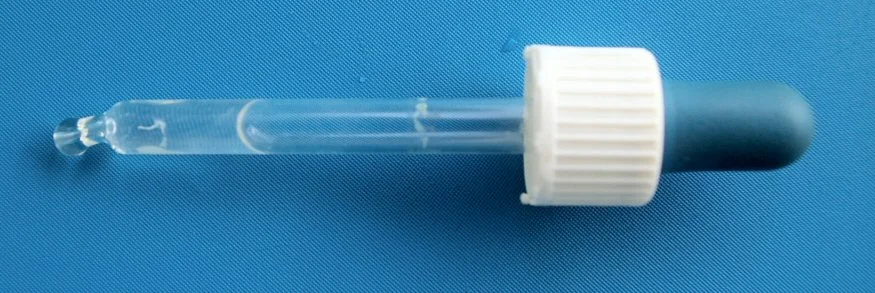
The distinctive orange-red antiseptic that burned like the dickens was considered proof it was “working its magic” on cuts and scrapes. Parents would blow on the stinging solution while saying “it only hurts because it’s healing,” creating generations who associated pain with getting better.
Merthiolate contained thimerosal, a mercury compound that has since been removed from most medical products due to toxicity concerns that simply weren’t on anyone’s radar during those simpler times.
7. DDT For Everything That Crawls
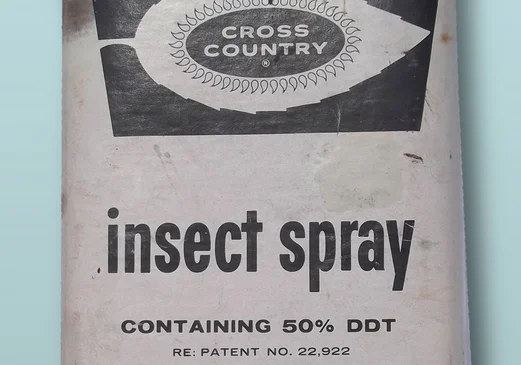
The miracle pesticide was sprayed liberally around homes, gardens, and even directly on children to prevent lice or mosquito bites during summer camp season. Trucks would drive through neighborhoods spraying DDT clouds that kids would chase on bicycles, disappearing into the fog on hot summer evenings.
Rachel Carson’s “Silent Spring” had started raising alarms about DDT’s environmental impact in 1962, but it took another decade before most households stopped treating it as the answer to all pest problems.
8. Leaving Kids in the Car While Shopping
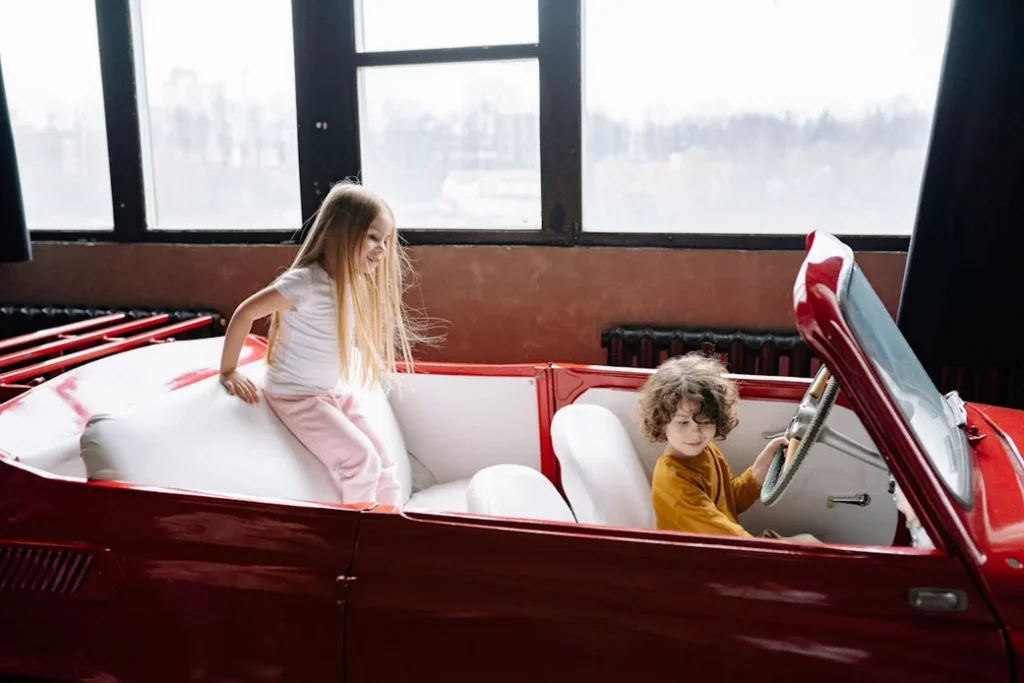
Parking at the supermarket and telling the kids to “behave until I get back” was standard procedure for quick errands, regardless of weather conditions. Parents would crack a window if it was warm, maybe leave the keys so older siblings could turn on the radio, and think nothing of spending 30 minutes inside the store.
Today’s parents, faced with strict laws against leaving children unattended in vehicles and heightened awareness of potential dangers, would be shocked at how common this practice was just a few decades ago.
9. Lawn Darts and Other Deadly Games
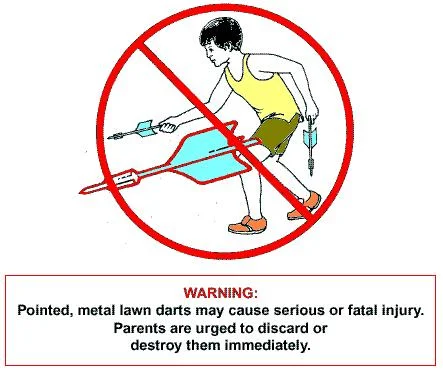
Those weighted metal spikes with plastic fins were thrown skyward by children across America, with the goal of landing them in plastic rings on the lawn – or occasionally, accidentally, in someone’s foot. Parents would set up the game at family barbecues, hand the darts to children as young as five, and then return to their adult conversations without a second thought.
After thousands of injuries and several fatalities, lawn darts were banned in 1988, but not before becoming a cherished if dangerous memory for a generation of backyard warriors.
10. Baby Oil for the Perfect Tan
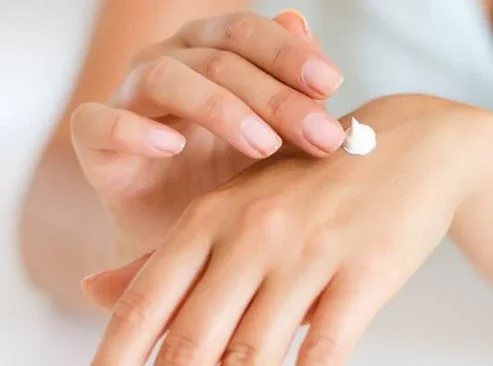
Slathering children in baby oil mixed with iodine before sending them out to “get some color” was a summer ritual that promised the deepest, darkest tan on the block. Mothers would remind kids to flip over regularly “like rotisserie chickens” to ensure even color, perhaps suggesting aluminum foil reflectors for under the chin.
The connection between unprotected sun exposure and skin cancer wasn’t widely understood, making today’s SPF 50, sun hats, and UV-protective clothing seem like excessive caution to the golden-brown beauties of summers past.
11. Asbestos as Home Insulation
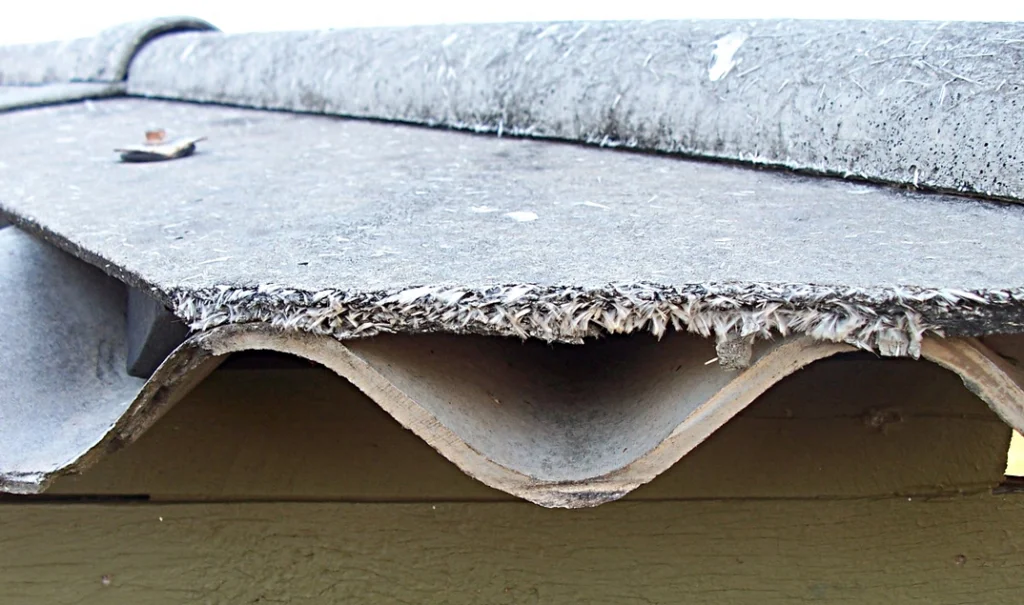
That miracle mineral was everywhere – wrapped around pipes, sprayed on ceilings, and packed into walls – keeping homes warm in winter and cool in summer. Fathers would proudly point out the asbestos insulation during home improvement projects, sometimes letting curious children handle the fibrous material to see how it felt.
Decades later, mesothelioma commercials would become as common as the asbestos once was, highlighting a danger that 1960s homeowners incorporated into their houses with enthusiasm and pride.
12. Hitchhiking as Transportation
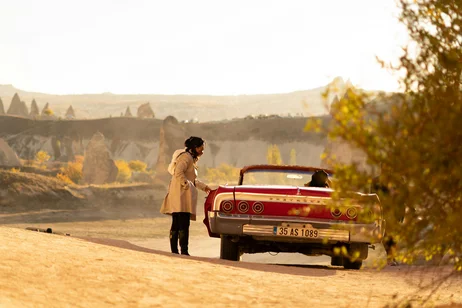
Teenagers would stand by the roadside with a thumb out, catching rides with strangers to get to school events, summer jobs, or friends’ houses across town. Parents actually encouraged this practice as a sign of independence, sometimes giving advice like “make sure you’re polite to whoever picks you up” or “don’t hitchhike alone after dark.”
The concept of “stranger danger” hadn’t yet entered the cultural lexicon, making today’s helicopter parents shudder at the thought of their teenagers climbing into cars with unknown drivers as a routine transportation method.
Looking back at these common practices from our childhood feels like peering into another universe – one where danger lurked in everyday items, yet somehow most of us survived to tell the tales. These memories don’t just highlight how much safety standards have evolved; they remind us of a peculiar innocence that existed before we knew better. Perhaps that’s why we reminisce about these questionable practices with such fondness – not because they were actually safe, but because they represent a simpler time when ignorance truly was bliss.



